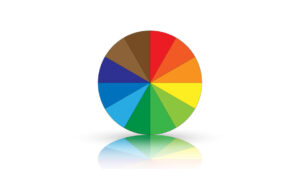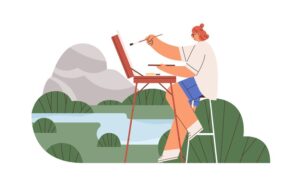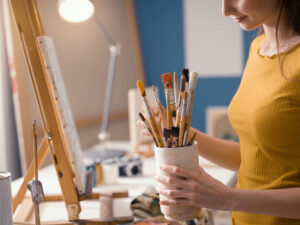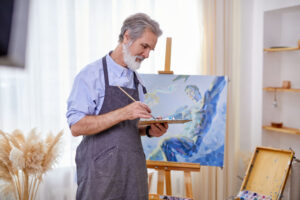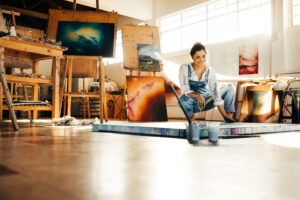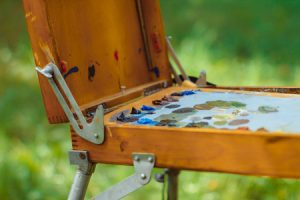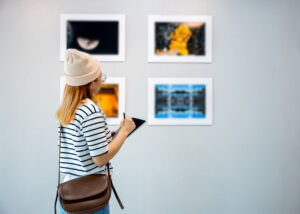In a world filled with constant demands and stressors, finding effective ways to cope with our emotional challenges is essential for maintaining our well-being. One such powerful and transformative coping mechanism is art. Beyond its aesthetic value, art has the incredible ability to serve as a form of therapy, helping individuals navigate and heal from the complexities of life.
The Therapeutic Power of Art
Art therapy is a well-established and respected field in mental health care. It recognizes that the act of creating art can have profound psychological, emotional, and even physical benefits. Here are some key ways in which art serves as a therapeutic outlet:
- Self-Expression: Often, words fall short in capturing the depth of our emotions. Art provides a non-verbal means to express complex feelings and experiences that might be difficult to articulate.
- Stress Reduction: Engaging in art can be meditative, allowing individuals to enter a state of flow where worries and stressors fade into the background. This meditative quality promotes relaxation and reduces stress levels.
- Emotional Release: Art provides a safe space to release pent-up emotions. Through brushstrokes, colors, and shapes, individuals can process and let go of emotional burdens.
- Self-Discovery: Creating art can reveal hidden aspects of oneself. As individuals explore their creativity, they may gain insights into their thoughts, feelings, and personal narratives.
- Empowerment: Completing an artwork, no matter how simple or complex, can instill a sense of accomplishment and self-worth. This empowerment is especially valuable for those struggling with self-esteem.
Art as a Tool for Healing
Art can be an effective tool to be used in the healing process for individuals facing a variety of emotional challenges:
- Anxiety: Anxiety often involves racing thoughts and a sense of restlessness. Engaging in art can provide a calming and grounding experience, redirecting focus away from anxious thoughts.
- Depression: Depression can drain an individual’s energy and motivation. Art can serve as a gentle and enjoyable way to reintroduce purpose and joy into one’s life.
- Trauma: Art therapy is a recognized approach for addressing trauma. It allows survivors to process and make sense of their experiences in a safe and supportive environment.
- Grief and Loss: When words fail to express the profound emotions that accompany grief, art can help individuals navigate the grieving process and find solace.
- Everyday Stress: Even in the absence of clinical conditions, the stresses of everyday life can take a toll on our well-being. Regular engagement in art can act as a preventive measure, promoting emotional resilience.
Seeking Art Therapy
Engaging in art therapy doesn’t require being a professional artist. It’s about the process, not the end product. Here are some ways individuals can explore art as therapy:
- Art Classes: Many communities offer art classes for individuals of all skill levels. Joining such classes can provide guidance and a supportive community.
- Art Journaling: Keeping an art journal is a personal and accessible way to incorporate art into your daily life. It can be as simple as sketching, painting, or even collaging your thoughts and feelings.
- Online Resources: There are numerous online resources, including video tutorials and virtual art communities, where individuals can learn and share their artistic endeavors.
Art as therapy is a beautiful and accessible way to nurture our mental and emotional well-being. Whether you’re dealing with significant emotional challenges or simply seeking a creative outlet, the act of creating art can be profoundly healing.
At Creative Ventures Gallery, we offer art classes and workshops specially designed for children. Our experienced instructors create a nurturing and fun environment where children can discover the joy of art. To learn more about our offerings, call us at 603-672-2500.



